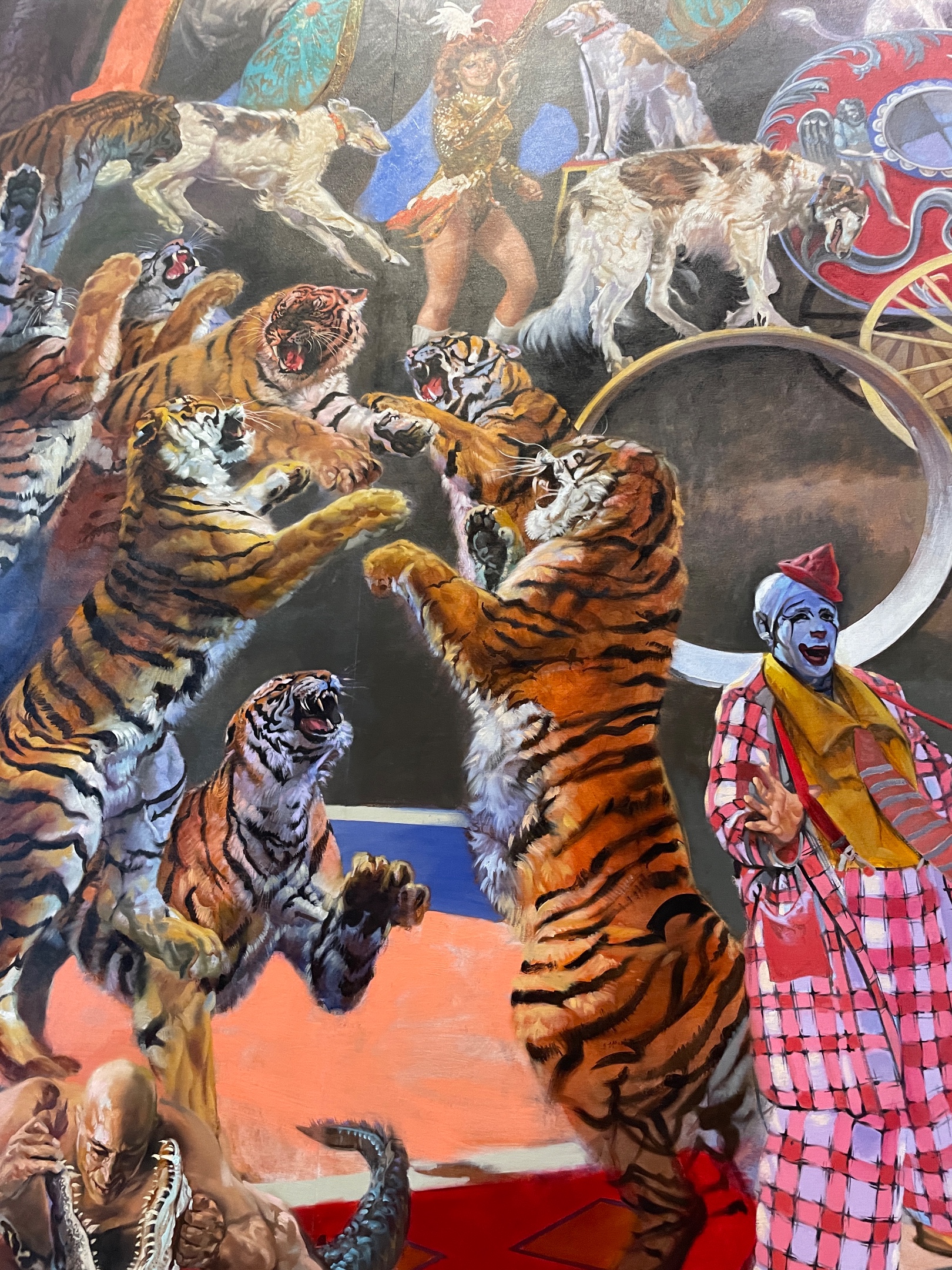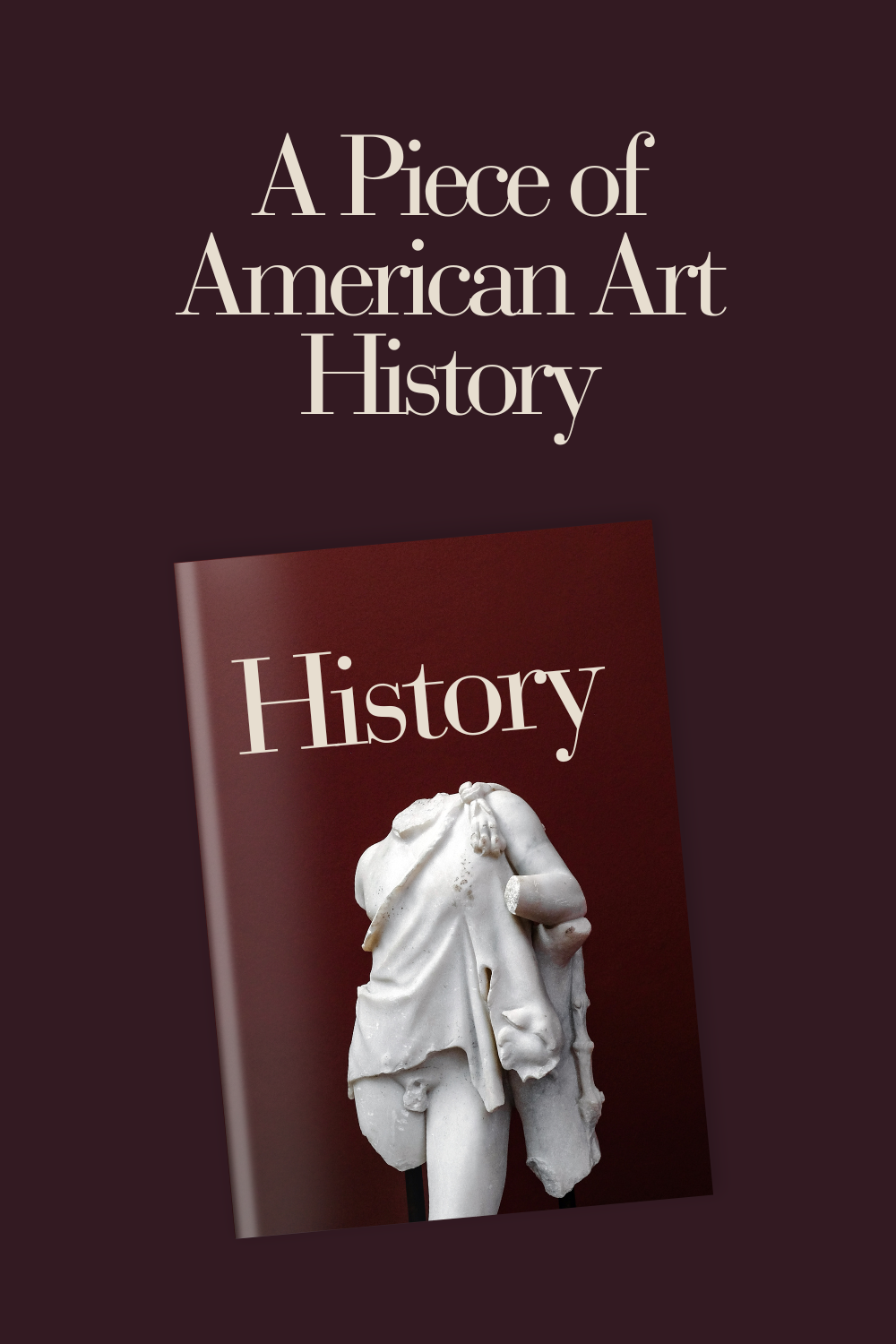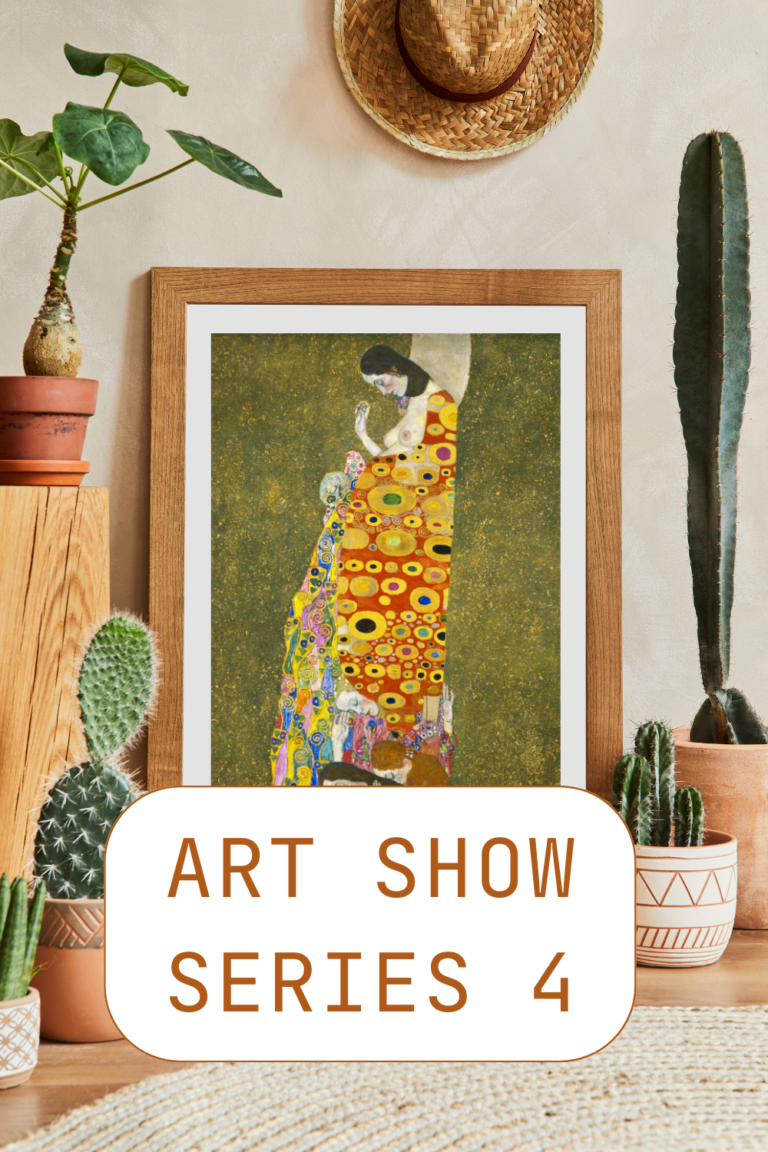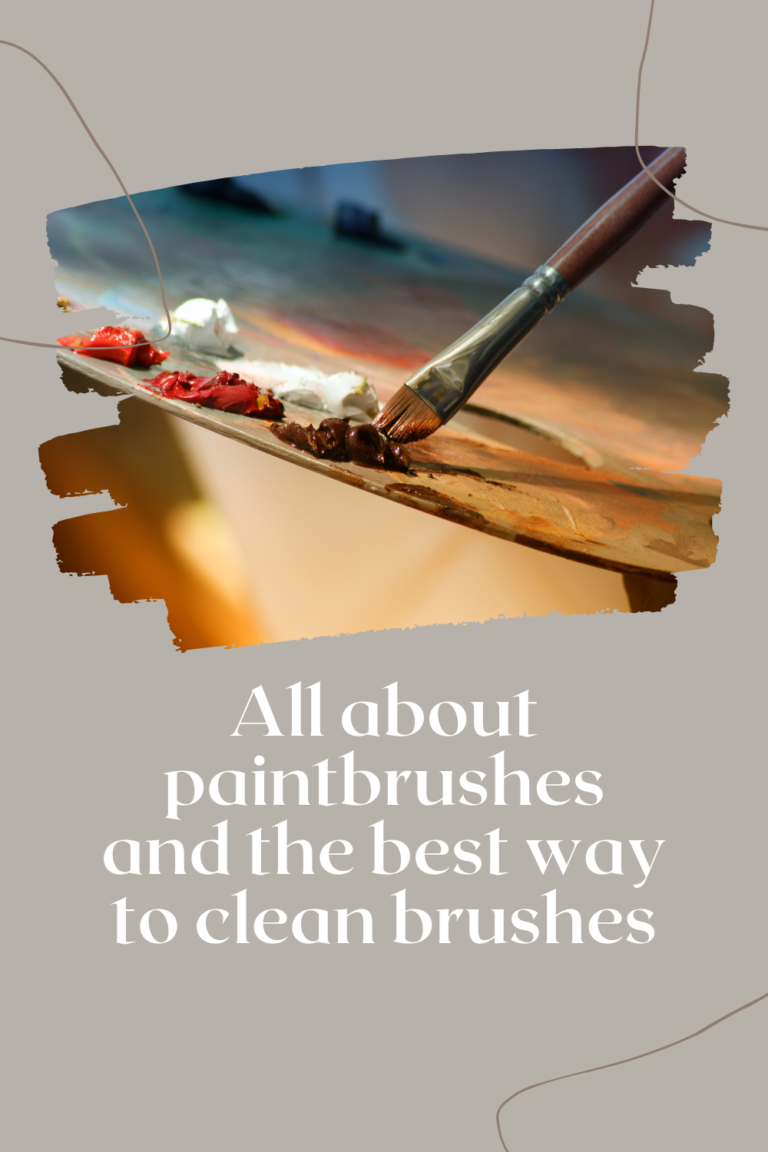This week, our family visited the famous Ringling Museum in Sarasota, FL, and we had a blast.
If you haven’t heard of the Ringling Bros. and Barnum & Bailey Circus,
is an American traveling circus company billed as The Greatest Show on Earth.
we were amazed by the miniature model showcasing the entire circus theme. It felt as though time had taken us back to the early 19th century when the circus coming to town was akin to the Super Bowl, only more extravagant and on a much grander scale.

Back then, for many adults and children alike, visiting the circus was the only chance to see real elephants, zebras, lions, and tigers up close.
Special trains were arranged to transport people from nearby towns to see the big top.
The circus acts were performed on a scale of grandeur; people swarmed the streets to see the elephants in elaborate costumes coming into town.
Inside, there would be three or four stages under the big top at any given time, each delivering mesmerizing performances.
The whole exhibition evoked a sense of nostalgia for a bygone era—perhaps because my dad was a top acrobat in China in the ’70s, so I feel a special connection to circus performers.
Many of them are generational performers, dedicating their entire lives to this daring and often dangerous career.
One of my treasured finds is a grand mural at the entryway to the museum, titled “The Greatest Show on Earth,” painted by the famous muralist William Woodward. Gazing at the faces of the clowns, the trainers, and the roaring tigers standing tall, you can almost hear the cheers, the noises, and the excitement in the air.

Renowned for his vivid colors, bold brushstrokes, and skill, William Woodward was chosen to capture the spectacle and excitement of the most memorable stars in “The Greatest Show on Earth.”
For a year and a half, the artist made sketches from life and referred to photographs to better represent the unique costumes, makeup, and actions of each performer.
The result is an epic-scale mural that captures not only the heroic quality of the circus but also features thirty-five performers who graced the rings in the 1970s and 1980s.



“A picture is worth more than a thousand words.”— Isn’t it wonderful how art can encapsulate a piece of amazing history and keep the legacy alive?
I hope you enjoyed this post. Share it with a friend if you like it!
Ying




